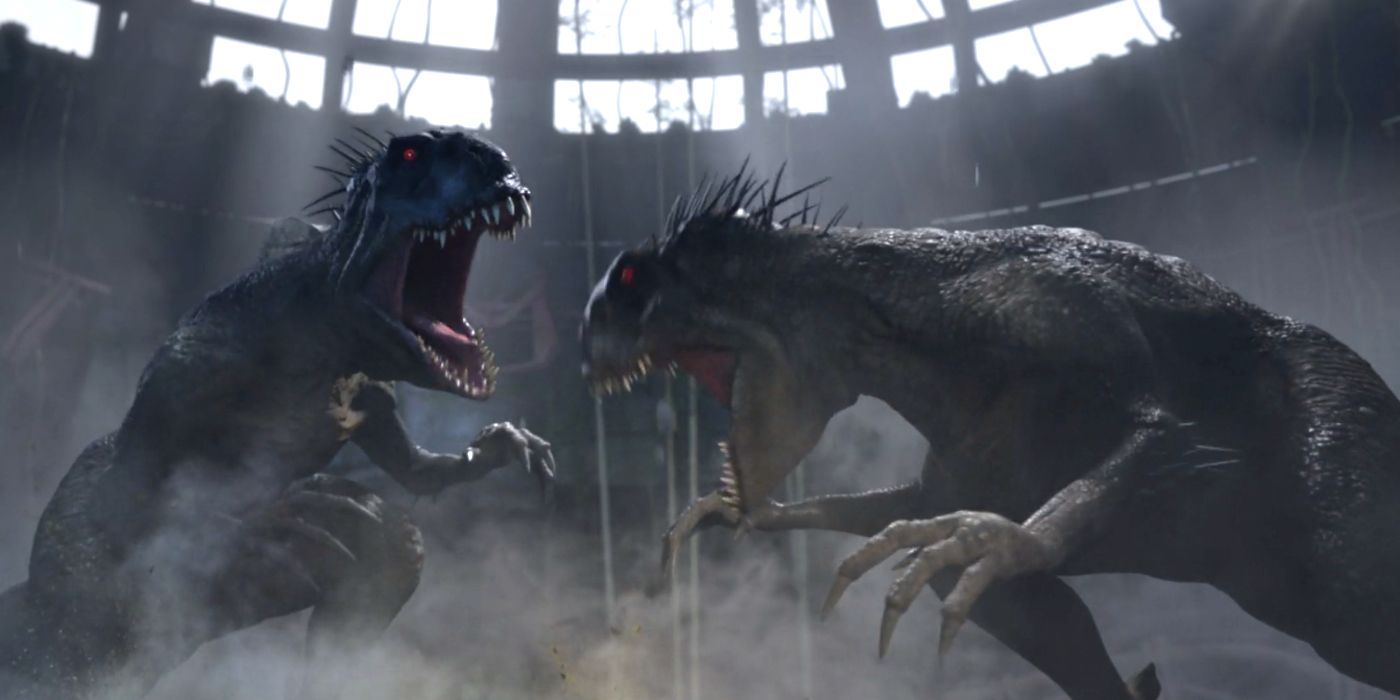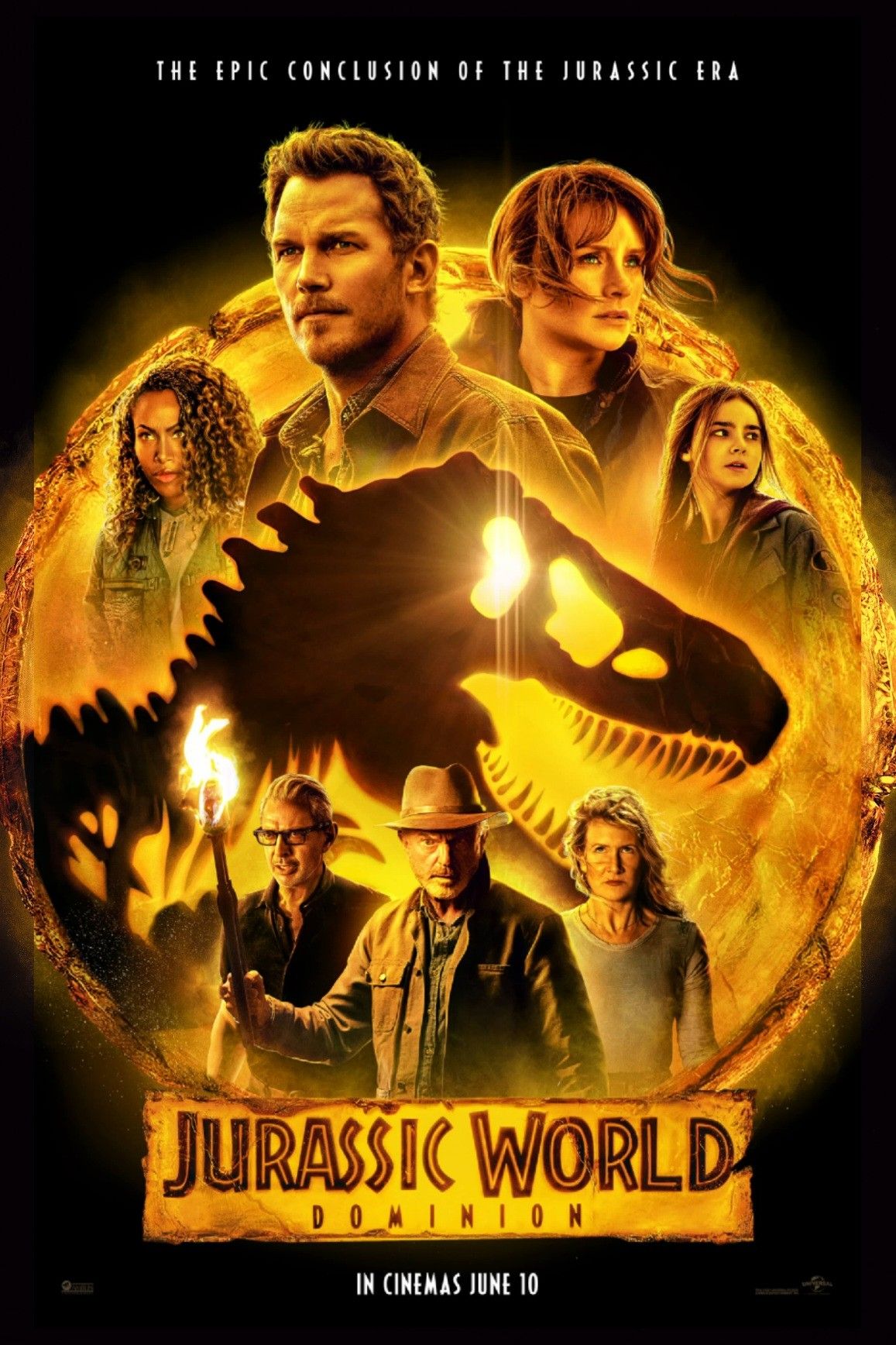In Netflix’s Jurassic World: Camp Cretaceous, the reveal of the Scorpios Rex hybrid not only unveiled one of Jurassic World’s darkest secrets but also a T-Rex-sized plot hole that surprisingly can be explained by real science. The Jurassic Park stories tend to exist within the furthest fields of modern theory with tenuous links to real-world science. Interestingly, biology may hold the answer to one of the series’ biggest twists, and in this case, the truth may be stranger than fiction.
Alluded to in Jurassic World: Camp Cretaceous season 1, the Scorpios Rex (or E750 as it was also known) was an early experiment by geneticist Dr. Wu (B.D. Wong) in creating a hybrid dinosaur that would pave the way for both the Indominus Rex and Indoraptor. Considered too hideous, dangerous, and unstable to be put on display, the Scorpios Rex was placed in cryogenic storage until it escaped in Camp Cretaceous season 2. A “Franken-dino” in every sense, the Scorpios Rex was a creature as sympathetic as it was terrifying, serving as a main antagonist of the series.
Considered one of Jurassic World’s most dangerous dinosaurs, a horrifying surprise twist later in the series revealed that it wasn’t alone. The cast of Jurassic World: Camp Cretaceous found themselves facing a duo of Scorpios Rexes after Dr. Wu implied that E750 was one-of-a-kind. The revelation of a second Scorpios Rex didn’t seem to have an explanation or make any sense. However, considering Jurassic Park’s origins as a sci-fi novel, the answer to this mystery may lie in real-world science that links back to the time of the dinosaurs.
When Michael Crichton wrote the original Jurassic Park book, he turned to real-world biology to help build his imaginary island. Crichton had a distinct writing style, and even when the concepts operated only in theory, the research was always there to make it believable. In the original Jurassic Park novel and movie, the dinosaurs were engineered as female to keep them from breeding. However, because Jurassic Park’s clones had amphibian DNA, they were able to change their sex to reproduce like some frogs. Although Crichton’s explanation is a simple and satisfying answer to how the Scorpios Rex could multiply in the Jurassic Park canon, Wu only created one of them. But the science behind Jurassic Park can also answer how the Scorpios Rex can reproduce.
The animal kingdom is known for employing extraordinary strategies to overcome evolutionary obstacles, and the lack of a mate hasn’t stopped some organisms from reproducing. Science acknowledges close to 50 species of vertebrates that can produce children asexually. A natural process known as parthenogenesis has been observed in reptiles, birds, amphibians, and fish, all of which comprise the Scorpios Rex’s hybrid genome. In this way, the idea that E750 produced a child isn’t a stretch, especially considering this isn’t the first time Jurassic Park's dinosaurs have been able to breed because of their improvised genetics. It’s like Dr. Ian Malcom iconically put it in the first Jurassic Park film, life found a way and, in this case, brought something dangerous into the world.
Jurassic World: Camp Cretaceous' Scorpios Rex may seem like an amalgam of nightmares, but E750’s genome came from real-world animals. In a sci-fi series about evolution, science, and nature, it makes sense that a creature like the Scorpios Rex is just as strange as the sum of its parts.



